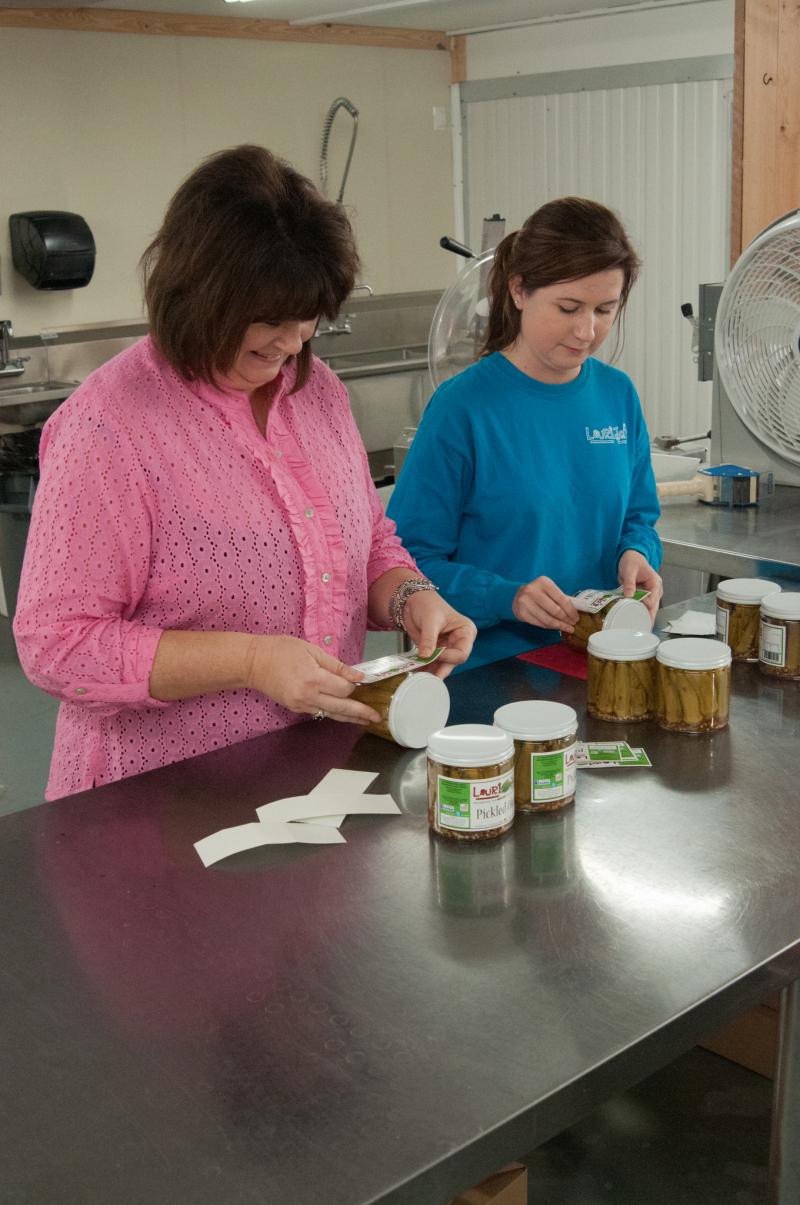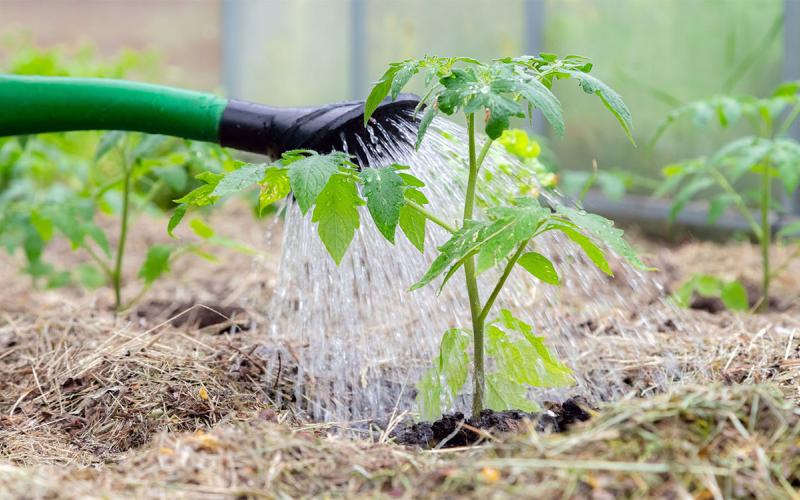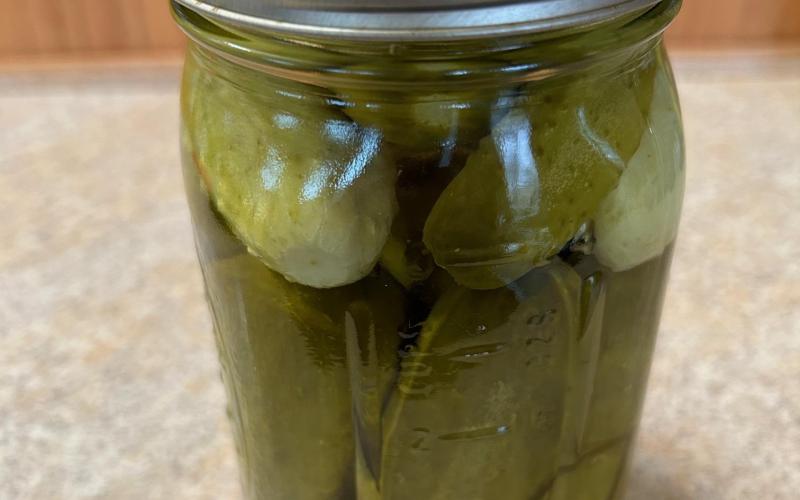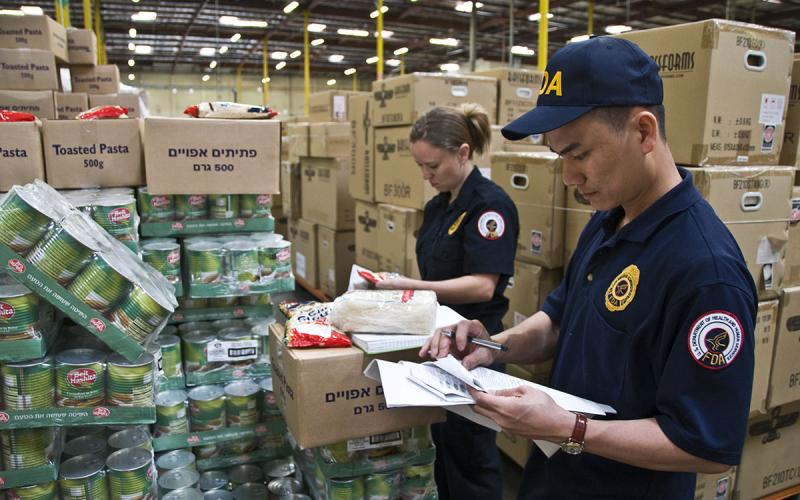Throughout the year, there are a fair amount of questions around canning recipes. Food entrepreneurs are excited for consumers to try their recipe, and they want to ensure that they are taking the right steps and asking the right questions to deliver a quality product that is safe. These questions can include the following:
- How much acid should I use?
- Can I make the recipe without acid?
- Can I make an ingredient substitution?
- Can I increase or decrease the amount of ingredients in the recipe?
- What impact do changes to processing have?
- What impact do changes to jar size have?
This article is meant to help canning processors understand the risks associated with modifying canning recipes with regards to the ingredients that are being used. Understanding how swapping ingredients, adding ingredients or increasing or decreasing ingredients plays a vital role in ensuring the canned product is safe. This article will also address changes to processing and the impact this has on the safety of the product.
Trusting the Resource

The first step is ensuring that the recipe a research-based, tested recipe. A research-based, tested recipe is a recipe that has undergone rigorous testing for several different factors. When you think about product characteristics that can impact the food safety of a canned food, there are several things to consider that even the most-experienced home canner may not consider. For example, these are some of the things that are considered when a recipe is being tested:
- Heat penetration
- Heat transfer
- pH
- Time
- Temperature
- Accurately measuring heat penetration of the product
- Accurately measuring heat transfer of product
- Accurately measuring pH of the product, and more
As you can see, time, temperature, heat penetration, heat transfer and pH are all very important factors when evaluating a recipe, and changes to the recipe can adversely affect the safety of the product. There has been substantial work done by the National Center for Home Food Preservation at the University of Georgia, and the center periodically updates the USDA Complete Guide to Home Canning. Additionally, the Ball Blue Book is another trusted source that has a team of food experts that have developed and tested the recipes. The more-recent publications of the Ball books will be the most reliable. If you have an earlier publication, it would be good to check the recipe against the USDA Complete Guide to Home Canning.
Understanding the Risk
One of the reasons why it can be dangerous to modify a recipe is because a change to the recipe can alter the final pH of the product. The pH for an acid or acidified canned food must be below 4.6. If the pH increases above 4.6, there is a risk for C. botulinum spores to become a vegetative cell and produce toxin. This link to the Approximate pH of Foods and Food Products has a comprehensive list of the pH of several food products. The information below highlights a much shorter list of how the pH can range from food item to food item. It also shows how the pH can vary in a single food item, but it is a much shorter list. As you can see, swapping out ingredients or changing the total amount of ingredients in a recipe could have a drastic impact on the final pH of the finished product. This is why ensuring that you’re using a tested and approved recipe is of utmost importance when canning.
pH of Various Foods
Fruits
- Apples, Delicious: 3.90
- Apples, Golden Delicious: 3.60
- Apples, Jonathan: 3.33
- Apricots: 3.30-4.80
- Bananas, Red: 4.58-4.75
- Bananas, Yellow: 5.00-5.29
- Cantaloupe: 6.13-6.58
- Cherries, California: 4.01-4.54
- Cherries, Maraschino: 3.47-3.52
Vegetables
- Asparagus, Buds: 6.70
- Asparagus, Stalks: 6.10
- Beans, Black: 5.78-6.02
- Beans, Boston Style: 5.05-5.42
- Beans, Kidney: 5.40-6.00
- Beans, Lima: 6.50
- Beans, Soy: 6.00-6.60
Acids
- Vinegar: 2.40-3.40
- Vinegar, Cider: 3.10
- Lemon Juice: 2.00-2.60
- Lime Juice: 2.00-2.40
Additionally, adding in ingredients that are not part of the tested recipe can not only change the pH of the recipe, but it can also change the heat distribution/penetration. Heat penetration, in contrast to temperature distribution, is designed to measure the rate of heating of the food product under consideration. There are several factors that may affect heat penetration, which may include container position, geometry and heat transfer characteristics, type of heating medium, product factors (e.g. fill weight, viscosity, particle size, percent solids and method of preparation) and equipment factors (e.g. filling method, head space, rotation speed). For example, adding corn starch where a recipe doesn’t call for it, or adding more starch than the recipe calls for, can be dangerous, as starch acts as a thickening agent, and in both cases it could negatively impact the heat penetration. Likewise, increasing the amount of solids, proteins, etc. can all impact the heat penetration of a canned good. For these reasons, it’s important to follow the tested and approved recipes as mentioned above.
The University of Penn State published an excellent article on Ingredients Used in Home Preservation, which describes ingredients that are commonly used and their function in canned goods. It also goes on to describe ingredients that should not be used and the reasons to avoid these ingredients. This article also describes the use and function of acids, such as vinegar, lemon juice and citric acid. It emphasizes not varying the amount of acids from approved and tested recipes or using acids that are prepared from home, as the amount of acid or pH may vary when this is done. Feel free to review the list of ingredients to help brush up on your food science knowledge of canning, but also increase your knowledge of how ingredients can impact the food safety of a recipe.
Change Considerations

Jar Size
It is also common for processors to sell their products in different jar sizes. For example, if a canning recipe has processing times for ¼ pints and ½ pints and not quarts, it would not be safe to apply the same processing time of the ¼ pint and ½ pint to the quart. Additionally, it would not be safe to add a few more minutes to processing the quarts. The recipes that have been tested have been tested to not only measure pH, but also heat penetration and heat distribution. Therefore, only the listed jar sizes in the recipe should be followed.
Head Space
The head space is important to ensuring a proper seal. The University of Georgia has noted the following regarding the head space, “Leaving the specified amount of headspace in a jar is important to assure a vacuum seal. If too little headspace is allowed, the food may expand and bubble out when air is being forced out from under the lid during processing. The bubbling food may leave a deposit on the rim of the jar or the seal of the lid and prevent the jar from sealing properly. If too much headspace is allowed, the food at the top is likely to discolor. Also, the jar may not seal properly, because there will not be enough processing time to drive all the air out of the jar.” Additionally, too much head space can draw too much of a vacuum and cause the lid to depress through the gasket material and come in contact with the mouth of the jar, which would also cause a poor seal. Therefore, changes to headspace from approved and tested recipes should not be done.
Heating Media
Any sort of change to the heating media will impact the safety of the product. For instance, adding a towel to the bottom of a water bath canner or not completely submerging the jars would have a detrimental impact to the heat distribution and heat penetration and could render the product unsafe.
Conclusion
There are several factors that go into ensuring that a home canned recipe is safe, including: heat penetration, heat transfer, pH, time, temperature, accurately measuring heat penetration of the product, accurately measuring heat transfer of product, accurately measuring pH of the product and more. It is important to use only tested and approved recipes and methods to ensure that your canned product is safe. Hopefully you’ll know a little bit more about what makes a canned recipe safe and understand a little bit more on how changing a recipe can impact the safety of the canned product.
Document Sources
Approximate pH of Foods and Food Products, U.S. Food and Drug Administration Center for Food Safety and Applied Nutrition.


